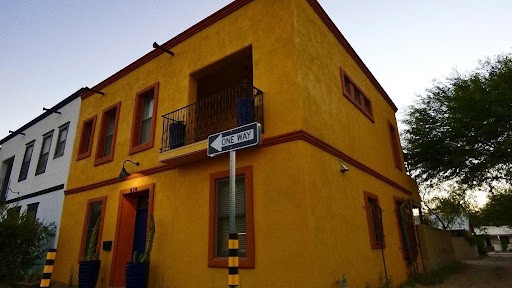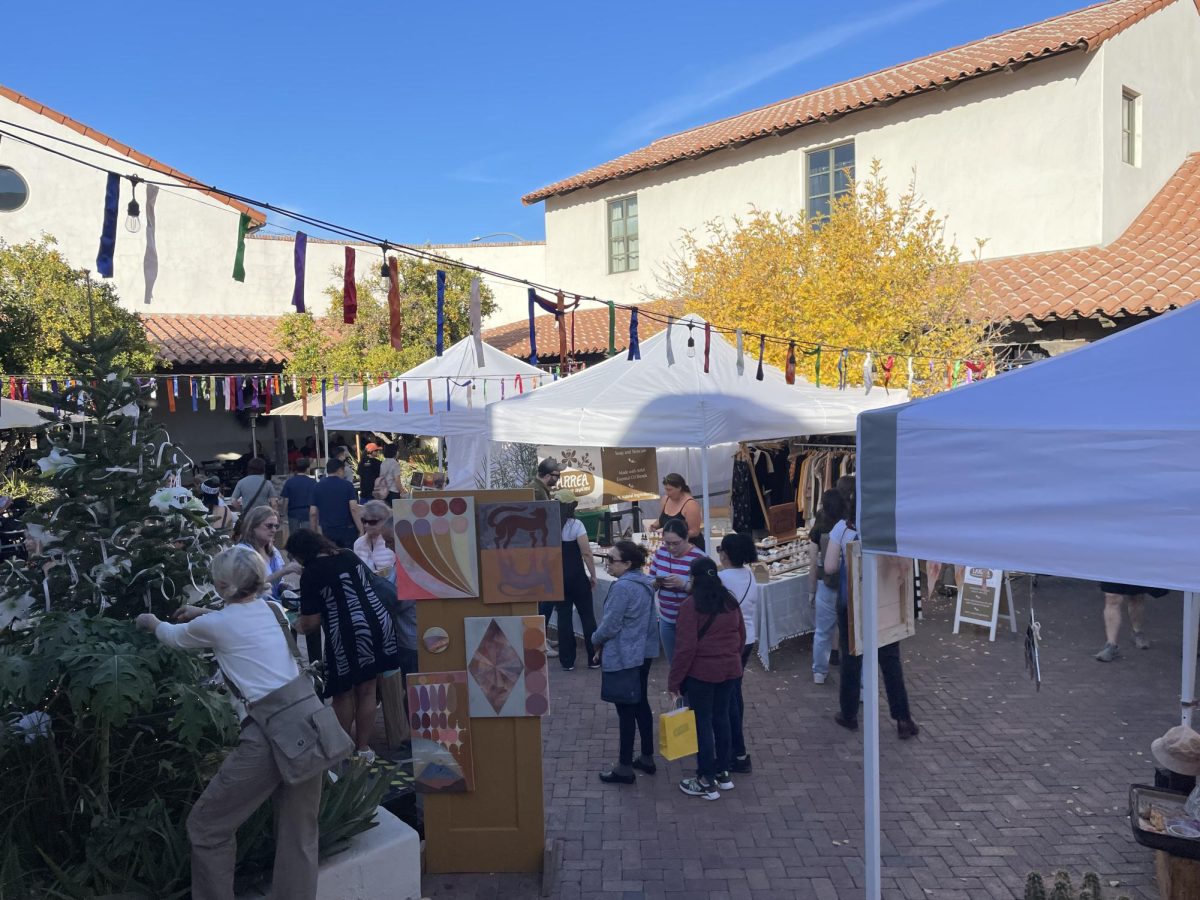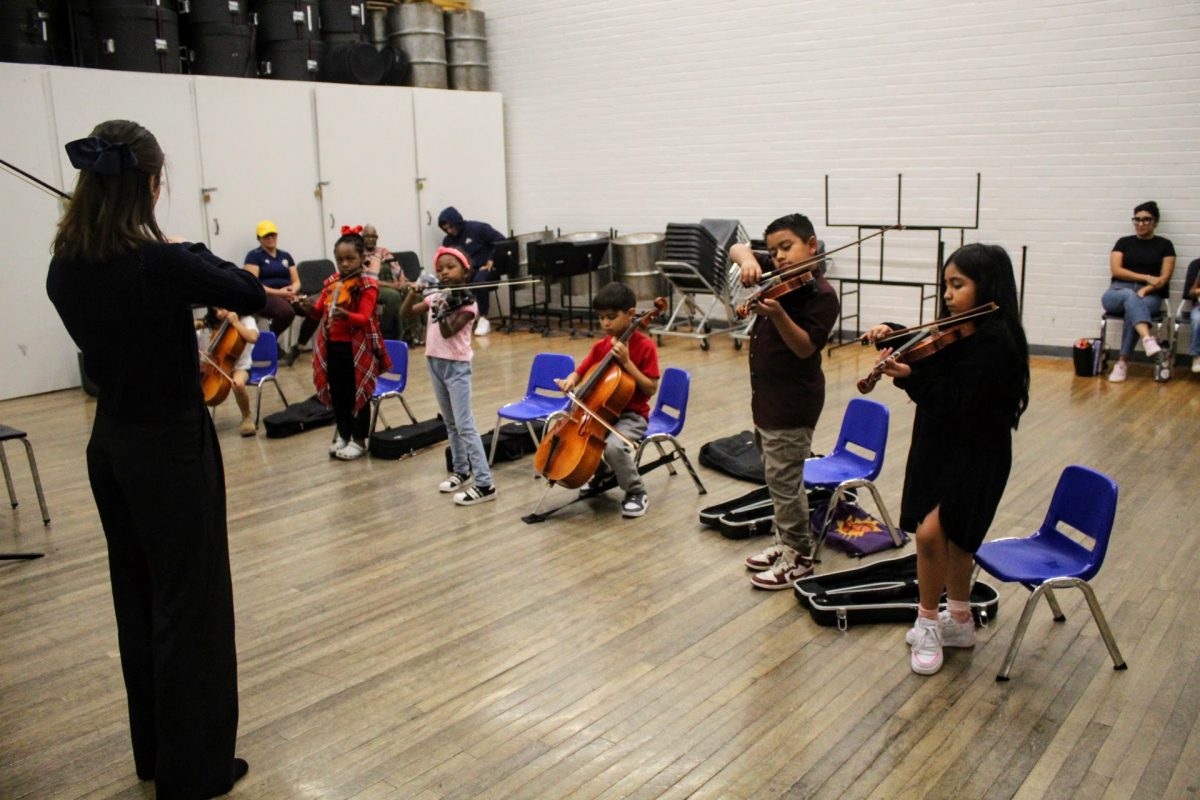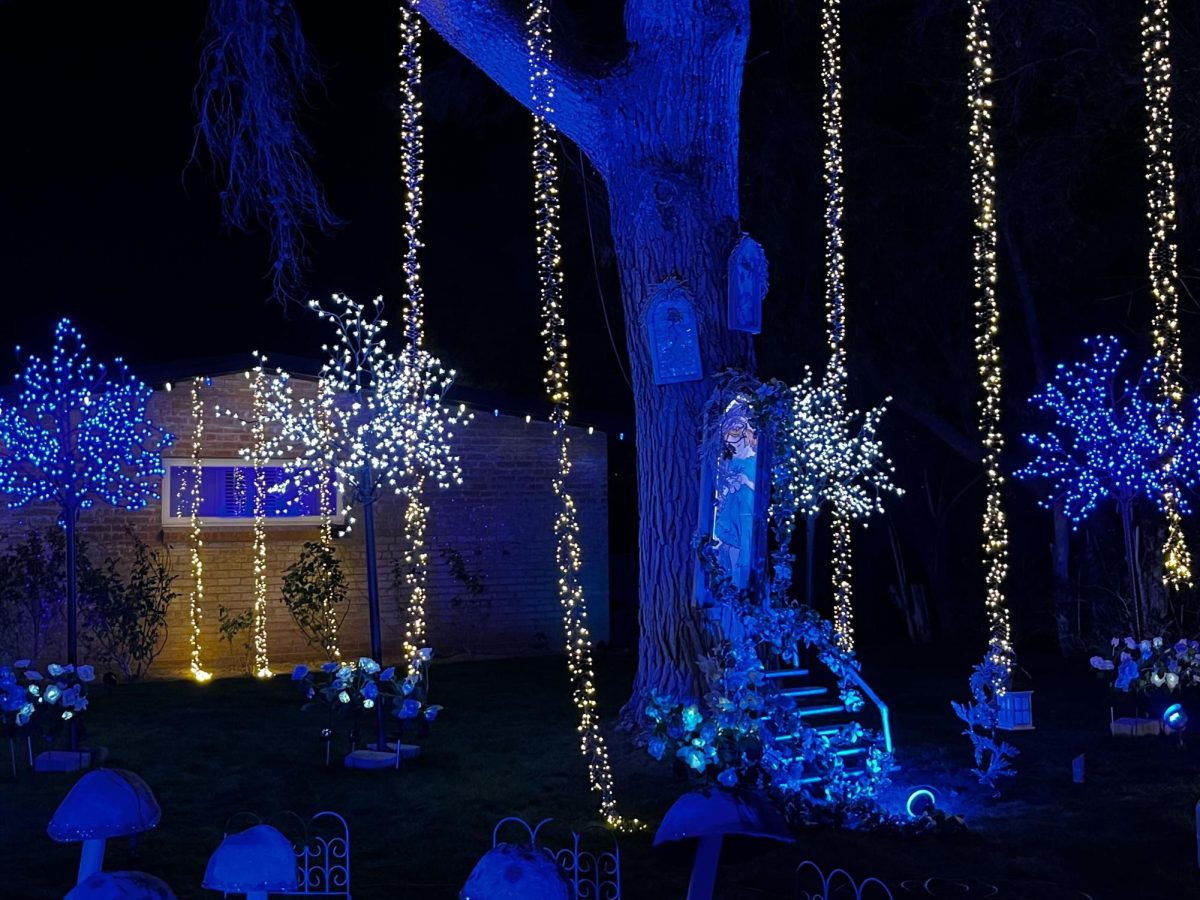Walking down the streets of Barrio Viejo, you can see history unfold right before your eyes, from the 100-year-old brownish blue patina lanterns that are perfectly placed above each door, to the long rectangular adobe row houses. Each adobe house tells its own story through the crevices in the walls.
The preservation of Barrio Viejo is important to keep this historical district’s rich history and culture from being lost forever.
Barrio Viejo is Tucson’s second-oldest thriving district, established when Tucson was still a part of Mexico. Today, the original adobe homes have been preserved and restored to help keep the history and community of Barrio Viejo alive.
“This is a really important part of Tucson history, and we’d really like your help to prevent this land from being demolished,” said Michael Patrick, senior project manager from the Trust for Public Land, the organization that helped to save the Pascale Adobe from demolition in 1984.
RELATED: Around the Corner: Adaptogen Superfoods and medicinal mushrooms
Patrick went on to say that the Trust for Public Land was offered the opportunity from the City of Tucson to help save the Pascale Adobe through purchasing the home back in 1984.
One of the most prominent adobe houses built in Barrio Viejo is the Pascale Adobe, built in 1879 by Giovanni Pascale. It is also one of the oldest buildings in the district that is still standing in current times.
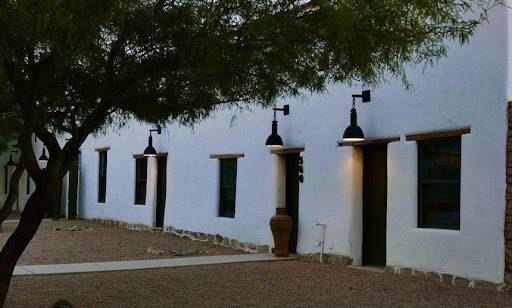
According to Tucson.com, the Pascale Adobe today was home to the famous actress Diane Keaton, who purchased the home back in 2018, and now has recently sold it to an unknown buyer for $2.6 million. She was able to help restore parts of the adobe and preserved some of the original architectural style of the home. This helped to put Barrio Viejo on the map in more recent years, thus becoming the most famous home in the district, which increased tourism.
Architecture
One of the main reasons why most traditional Barrio Viejo buildings are made from adobe is because it is one of the most abundant and renewable resources to make houses from, according to Treehugger.
According to Legends of America, the style of building homes out of adobe is not a recent phenomenon, and its origins can be traced back to the ancient cliff dwellings called Canyon De Chelly in Arizona.
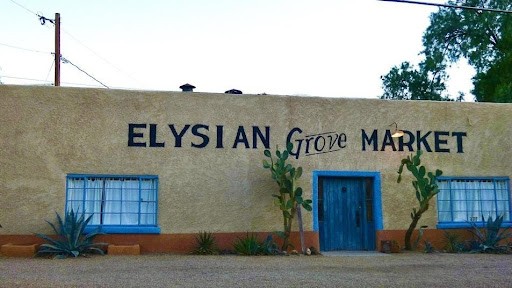
This historical and ancient way of making homes has been done for centuries, and preserving this rare architectural style is crucial to being able to help keep not only the architectural history of Barrio Viejo, but also for the community too.
“Barrio Viejo represents the largest concentration of Sonoran adobe architecture in the United States and was home to a diverse racial, cultural, religious, and ethnic populations not seen in other parts of Tucson,” said Jennifer Levstik, an architectural historian and archaeologist via email.
Levstik also spoke to the importance of preserving the original adobe buildings in Barrio Viejo.
“In order for communities to know who they are and where they come from, we need tangible reminders of the past,” Levstik said.
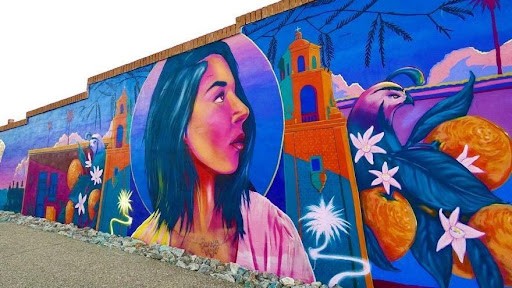
Art & Lasting Community Impact
Barrio Viejo has a vibrant and diverse arts scene. Local artists, along with painters from all across the globe, visit Barrio Viejo each year to sit outside and paint these historic homes. According to Arizona Public Media, the Tucson Barrio Painters have been painting on the street corners of Barrio Viejo for the past five years.
There have also been several muralists commissioned to paint murals across Barrio Viejo in honor of the district’s local history and communities. These murals painted around Barrio Viejo tell a story about the area, and also help to preserve some of the oral history.
According to KGUN9, a mural unveiled on the side of the historic La Suprema building in Barrio Viejo was a part of the 20-year anniversary of the United Way organization’s Days of Caring project in late 2019. This mural is only one of the several murals established in recent times in honor of Barrio Viejo’s rich history.
“Aside from the singularity of Barrio Viejo’s collection of adobe residential architecture, these are finite resources and once demolished, they can never be restored. We lose a piece of our communal history every time they are removed or altered insensitively,” Levstik said about the demolition and urban renewal that has been happening in Barrio Viejo over the past few decades.
Other long-term residents have also expressed how urban renewal has drastically changed and altered Barrio Viejo , and how this has affected the communities and families within it.
RELATED: New restaurants and cafes in Tucson
One of the oldest restaurants in Barrio Viejo is the El Minuto Café, founded by John “Juan” Shaar and opened in 1936. His granddaughter, Teresa Shaar, is currently the General Manager of the restaurant.
“I love my barrio,” Teresa Shaar said. “I love the whole neighborhood because I grew up here. … I’ve always loved the neighborhood. And seeing a lot of changes that it’s going through is very upsetting.”
Follow Selassie Wilson on Twitter



